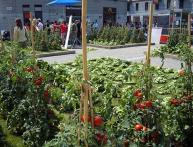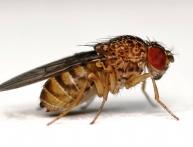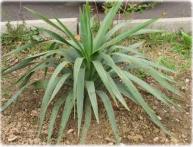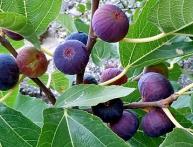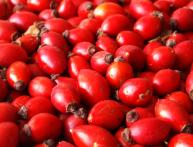The best varieties of sweet peppers for open ground recommended for cultivation
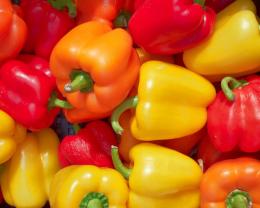
Vegetable sweet peppers are a popular crop among both gardeners and cooks. Modern varieties of sweet peppers for open ground are very diverse. Vegetable pepper fruits can come in a variety of colors, sizes and shapes.
Now many new varieties and hybrids have been developed with a variety of characteristics. Let's try to figure out what you need to know and what to pay attention to when buying seeds sweet pepper.
Content:
- Selection of sweet pepper seeds
- Early varieties of sweet peppers
- Varieties of sweet peppers with an average ripening period
- Late sweet peppers for open ground
Selection of sweet pepper seeds
Peppers belong to perennial herbaceous plants from the Solanaceae family. In open ground they are grown as annuals. Vegetable sweet peppers are a heat-loving crop. In temperate climates, to obtain a harvest of peppers, they are grown only by sowing seedlings. In the southern regions, sowing seeds in the ground is allowed.
When choosing seeds for growing yourself, it is important to know that, like most vegetable crops, peppers are divided according to their ripening period into:
- very early and early - the fruits of such peppers appear 100 - 120 days after germination of the bulk of the seeds
- medium - here ripening occurs 120 - 135 days after the appearance of sprouts
- late and very late - fruits pepper ripen in 135 - 150 days and even a little later
The ripening period of vegetable peppers is of particular importance when growing not only for personal needs, but also for selling vegetable peppers to the public. Very early and late varieties will be especially in demand here. When choosing between a variety or a hybrid, it is important to know that packages with hybrid seeds are designated F 1.
After the ripening of such fruits, their seeds are unsuitable for further cultivation, since they do not convey all the characteristics of the parent plant. Hybrid peppers have better yield, attractive appearance, and are resistant to diseases and pests.
Their bushes, as a rule, are more compact and easier to care for when growing. The disadvantages of hybrid peppers include deterioration in fruit quality and yield when agricultural practices are violated. In addition, it is important when choosing varieties of peppers:
- marketable condition
- keeping quality
- transportability
- productivity
- tolerance to diseases
- endurance and unpretentiousness
When choosing varieties of peppers to grow on your site, you need to pay attention to all these points. Properly selected varieties will guarantee a good harvest of very healthy sweet peppers.
Early varieties of sweet peppers
Breeding work on pepper varieties does not stand still; at present, many early varieties of vegetable sweet peppers have been obtained for cultivation in open ground. When choosing these particular peppers, you should pay attention to the following hybrids and varieties:
- Lumina
- Bull
- Big Daddy
- Apricot favorite
- Red shovel
- Eastern Star F1
Lumina
This variety can safely be classified as one of the most reliable early varieties of sweet pepper. It has been tested over decades of cultivation both in private gardens and on an industrial scale. This is the one pepper, which appears en masse first on the shelves of markets and shops. At 105 - 110 days the peppers reach technical ripeness. At this stage, the color of the fruit is very light, almost white, with a slight yellow or slightly golden tint.
When fully ripe, peppers turn red-orange. Fruit weight is 90 - 100 g, cone-shaped. The walls of peppers of this variety are not fleshy, but rather thin. They remain fresh without losing their presentation for up to 30 days.
Medium-sized bushes, up to 0.6 - 0.7 m in height, compact. The variety produces a harvest even in unfavorable years. The fruits of this variety are eaten fresh, used in cooking, and rarely used in preparations.
Big Daddy
The variety can be classified as a new product in the family of early ripening sweet peppers. At technical ripeness, the fruits are purple in color, approximately the same as eggplants. Ripening begins at 108 days. At biological maturity, peppers change color to red-brown.
The weight of the peppers is from 100 to 150 g. The shape is cuboid, the walls are thick, 8-10 ml, fleshy. The bushes are compact, up to half a meter in height. Strong, resistant to adverse conditions. A variety for universal use. The peculiarity of the variety is that it has very sweet fruits. Good both fresh and for harvesting for future use. Suitable for freezing.
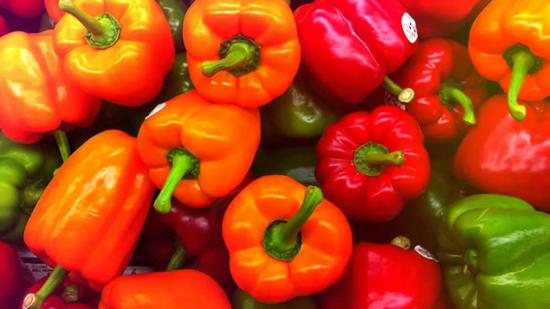
The disadvantages include chopping the fruits as they bear fruit. The first peppers are larger than the subsequent ones. This may be due to the formation of a large number of ovaries. No matter how much you would like to receive early pepper harvest, but the main area of the plot is allocated to medium-ripening varieties.
Varieties of sweet peppers with an average ripening period
Medium varieties are good because if they are planted in the garden a little earlier, the fruits will ripen almost simultaneously with the early varieties. Planted at a later date, the middle varieties will ripen along with the late peppers. Medium varieties include:
- Gift from Moldova
- Moneybags
- Indian elephant
- Nikitich
- Ilya Muromets
- Alesha Popovich
- Yaroslav
Moneybags
Variety of Siberian selection. The pepper harvest reaches technical ripeness after 130 days. At this time, its fruits are green. When fully ripe they acquire a dark red color. Fruits with pronounced ribbing, slightly flattened. The walls are thick, up to 8 mm, and if agricultural technology is followed - up to 10 mm. Weight from 150 to 200 g.
The advantage of the variety is its tasty and very juicy fruits with a high content of vitamins. Purpose varieties universal. They eat fresh, prepare first and second courses, salads. They can also be canned and frozen. The bushes are compact, standard, up to 0.6 m high. Formation of the bush and removal of stepsons is not required.
Gift from Moldova
Proven unpretentious variety. Technical ripeness occurs on 124 - 125 days. During this period, the fruits are light green or light green in color. As they mature, they become a rich red color. Fruit weight is 70 - 90 g, wall thickness is 0.5 mm. The shape is cone-shaped.
The taste is good, the purpose of the variety is universal. Standard bushes. Height up to 0.4 m. Resistant to many diseases. Although there are many new varieties with more outstanding characteristics, this variety has been time-tested and always produces a stable harvest.
Yaroslav
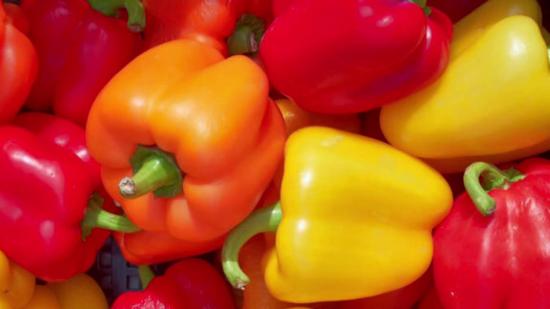
The variety has flattened fruits, with pronounced ribbing, and yellow color. At 125 days, peppers become technically mature. Fruit weight 85 - 90 g. Walls up to 0.6 mm thick.The bushes are semi-standard, medium in size.
The variety is highly resistant to many diseases. Recommended for amateur vegetable growing and for growing in small farms for sale. The purpose of the variety is universal.
If most of the middle varieties are suitable for eating immediately after harvest, when there are a lot of other fresh vegetables, and for harvesting for the winter, then late varieties can delight you with fresh fruits at the end of the vegetable season, and, if necessary, become raw materials for harvesting.
Late sweet peppers for open ground
Peppers that ripen late, after 135 days, include the following varieties:
- Lisa
- Black cardinal
- Tenderness
- Maksim
- Night F1
- Bell
Night F1
Technical Fruits reach ripeness at 135 - 140 days. At this time their color is dark purple. As they reach full ripeness they turn red. The shape of the fruit is prism-shaped, ribbed with a slight curve. The wall thickness of the fruit is up to 0.7 mm. Average weight 110 - 120 g. Medium-sized bushes, pepper yield per bush up to 2 kg.
The hybrid has genetically determined resistance to some common sweet pepper diseases. When choosing peppers for open ground, you don’t need to rely on one variety or buy dozens of items. To have a solid harvest in open ground, it is enough to purchase 1-3 varieties from each group of sweet peppers, choosing in favor of zoned varieties.
Video about the best varieties of bell pepper:



